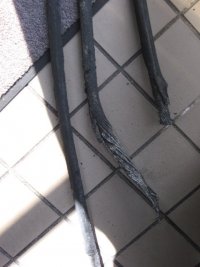jar546
CBO
When you start watching this video you might say "what's the big deal?", until you keep watching the video.
Very interesting find. Think about any code requirements that may have prevented this. Are there any?
Very interesting find. Think about any code requirements that may have prevented this. Are there any?


